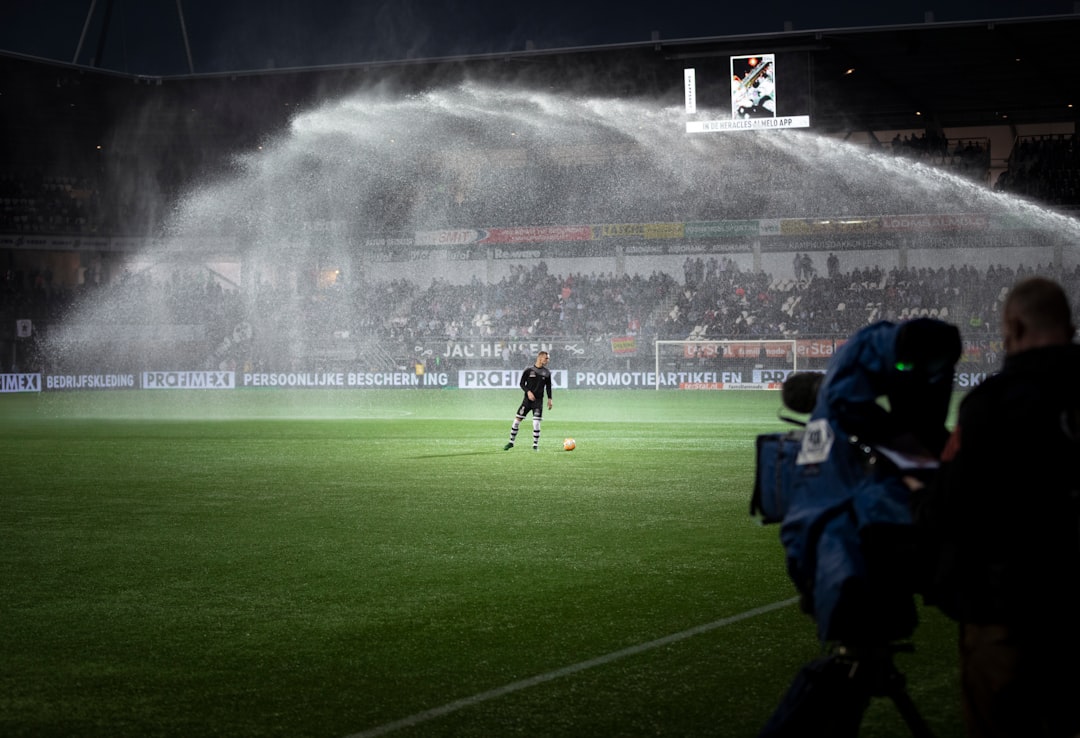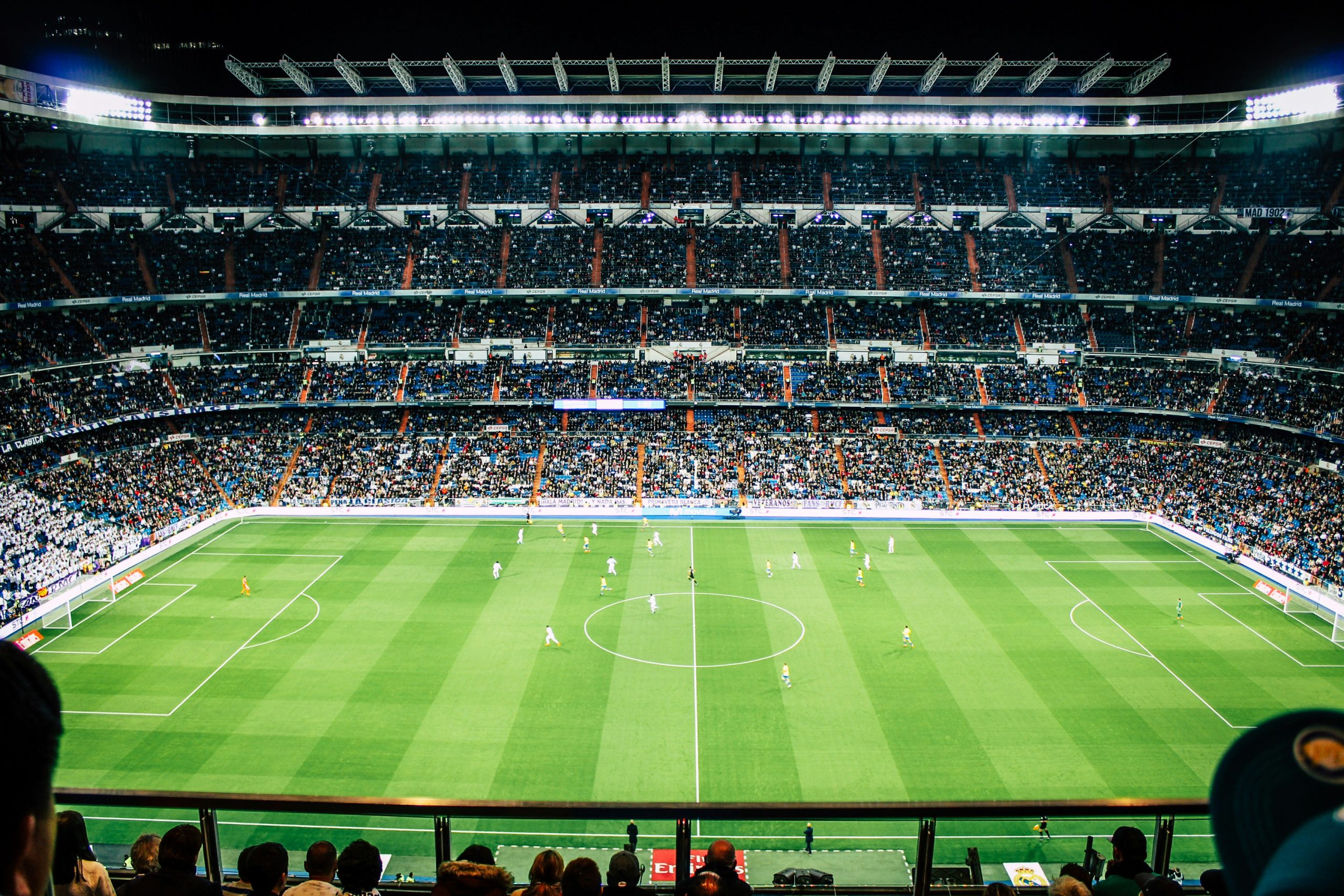Professional soccer is one of the most widely followed sports globally, renowned for its fast-paced action, strategic gameplay, and passionate fan base. Among the many questions newcomers might have, one particularly common inquiry is: How long is a professional soccer game? While the answer might seem straightforward, there are several components and exceptions that can extend the length of any given match. From regulation time to extra minutes and special time allowances in tournament play, understanding soccer’s timing structure provides deeper insight into the game’s flow and rules. Additionally, fans around the world rely on real-time livescore updates to track every goal and highlight as it happens. And for those wanting deeper analysis or the latest football news, there are plenty of resources to keep you in the loop.
Regulation Time in Professional Soccer
The standard length of a professional soccer game is 90 minutes, divided into two equal halves of 45 minutes each. Between the two halves, there is a 15-minute halftime break, allowing players to rest, rehydrate, and strategize for the remaining period. During regulation play, the clock does not stop for fouls, substitutions, or the ball going out of play. This continuous clock is one of soccer’s defining traits, making time management a key tactical element for players and coaches.

Stoppage Time (Injury Time)
Because the clock in soccer does not stop, referees account for delays—such as injuries, substitutions, or time-wasting—by adding what is known as stoppage time or injury time to the end of each half. The referee determines the amount of time to be added, and it is typically announced just before the 45th and 90th minutes. This time can range from 1 to 5 minutes or more, depending on the events that occurred during the half.
For example, if a serious injury required several minutes of attention, the referee might add 7 minutes of stoppage time to ensure fairness. Though unofficially recorded during the game, this added time is part of the match’s official length.
Do Soccer Games Have Quarters?
Unlike sports such as basketball or American football, professional soccer games do not consist of four quarters. The structure is straightforward: two halves of 45 minutes each. Although in youth or recreational levels a match may have quarters for coaching or hydration breaks, official professional soccer games follow the two-half format globally. This consistent timing contributes to the game’s rhythm and helps limit excessive interruptions.

Extra Time in Knockout Matches
In certain tournament scenarios—such as the FIFA World Cup, UEFA Champions League, or national cups—a match ending in a draw during regulation time may go into extra time. This occurs primarily in knockout rounds where a winner must be determined. Extra time consists of two halves of 15 minutes each, totaling 30 minutes of additional play beyond the standard 90 minutes.
If the tie remains after extra time, the match typically proceeds to a penalty shootout. These overtime and tiebreaker systems are only utilized in elimination settings and not in regular league play, where a tie may be an acceptable result.
Total Duration of a Match
Taking into account regulation time (90 minutes), halftime (15 minutes), and potential stoppage and extra time, a professional soccer match can be expected to last anywhere from 105 to 135 minutes or more. The unpredictability of stoppage and extra time keeps fans on the edge of their seats, as decisive goals are often scored in these final moments.
FAQ: Common Questions About Soccer Match Length
- Q: How long is a professional soccer match?
A: A regular professional match lasts 90 minutes, split into two 45-minute halves. - Q: Is there a halftime break?
A: Yes, there is a 15-minute break between the two halves of play. - Q: What is stoppage time?
A: Stoppage time is the added time at the end of each half to compensate for lost time due to substitutions, injuries, or delays. - Q: Can a match last longer than 90 minutes?
A: Yes, with stoppage time and extra time, a match can easily exceed 120 minutes including halftime. - Q: How long is extra time?
A: Extra time consists of two 15-minute halves, for a total of 30 extra minutes. - Q: Are there quarters in soccer?
A: No, professional soccer does not use quarters. Matches consist of two continuous halves.
In conclusion, while the core structure of a professional soccer match is 90 minutes plus a halftime interval, various factors such as stoppage time and extra time contribute to a potentially longer duration. Understanding these variations helps fans better appreciate the game’s unpredictability and excitement.
